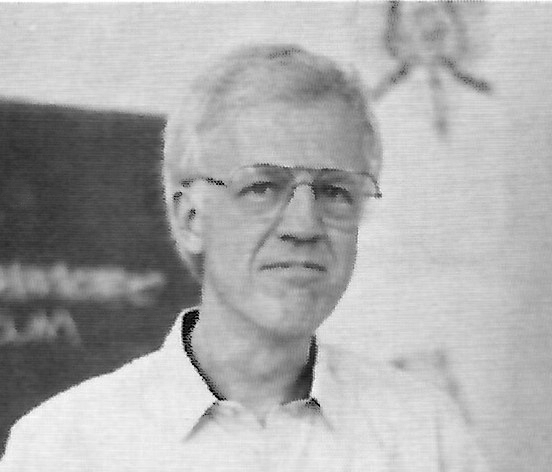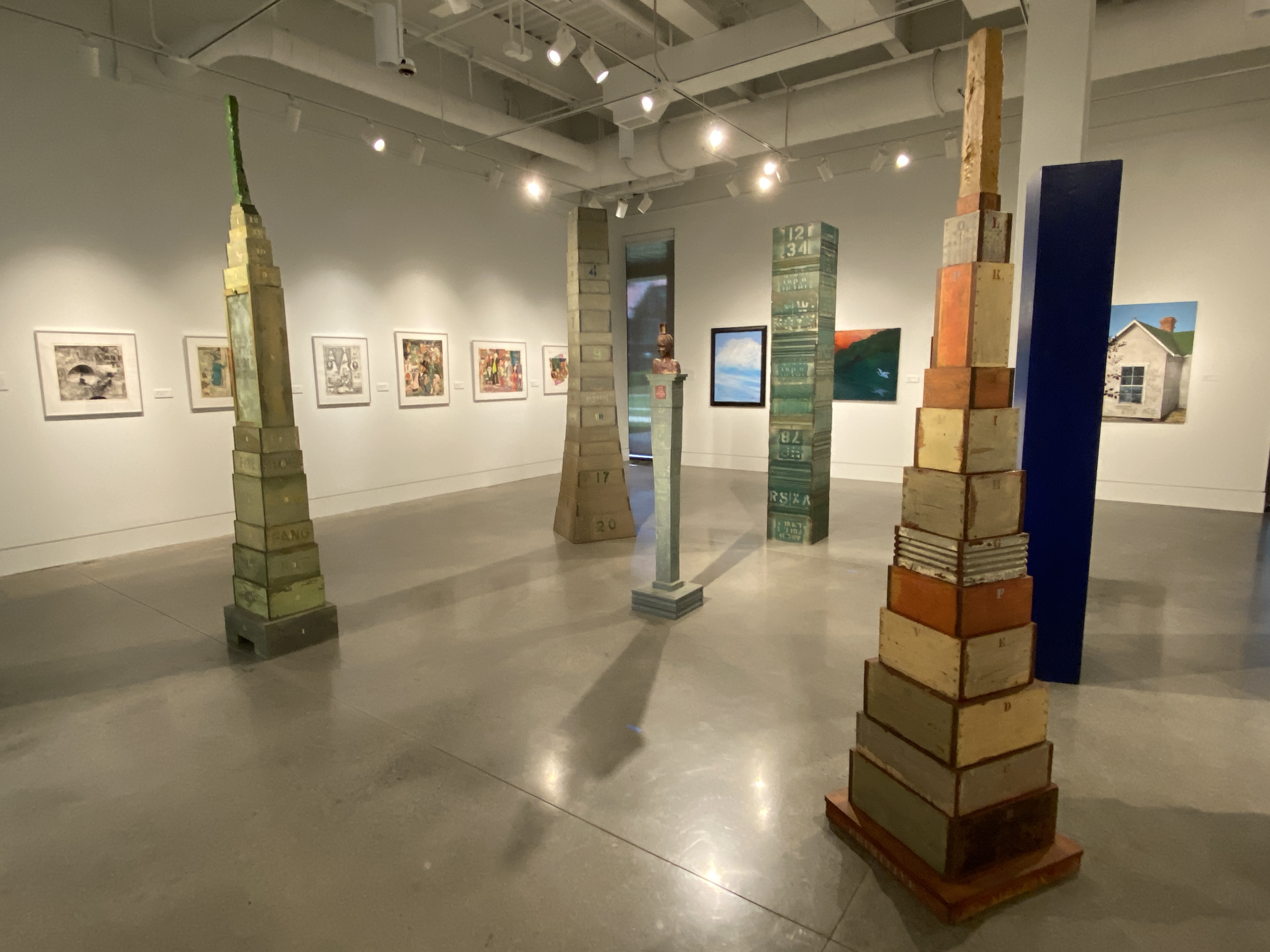 CONWAY,
Arkansas (June 29, 2023)—Hendrix College is saddened by the June 18 death of Bill Hawes, who spent
two decades teaching students in the College’s Department of Art. He was 10
days shy of his 93rd birthday at the time of his passing.
CONWAY,
Arkansas (June 29, 2023)—Hendrix College is saddened by the June 18 death of Bill Hawes, who spent
two decades teaching students in the College’s Department of Art. He was 10
days shy of his 93rd birthday at the time of his passing.
At
the time of his death, several Hawes sculptures known as “air boxes” were on
display in the Windgate Museum of Art
at Hendrix College
as part of an exhibition showcasing art created by retired faculty. The
exhibition, “Hendrix Art Department: Those Who Taught,” is currently viewable
by appointment, or when the museum reopens to the public for its summer hours, Wednesday
through Saturday afternoons from July 28 through August 20. Following this
exhibition, two of the air boxes will be returned to the College’s Department
of Art for long-term display.
According
to Hawes’s obituary, he liked to say that
he made “unpopular art” because his work cannot be instantaneously grasped and
categorized. The following artist statement was found recently in one of the
air boxes that is part of the College’s permanent art collection:
For
most of my life, I have been interested in our human awareness of mortality and
the constructs that arise from this awareness. Humans create more humans,
religions, art and a variety of economic networks and cultural monuments. Some
of these constructs are a direct response to the fact of mortality and other
may be partially or wholly a denial.
Another
continuing interest for me has been the material wealth generated in this
country since the Second World War. I grew up during the depression and the war
when the material world was much simpler. One current expression of this wealth
is the supermarket where 10,000 edible items are available. My interest in this
wealth is not because I missed any meals during the depression, but because of
the contrast between the 1930s and the sixty years following the Second World
War.
My
mother was born in the horse-and-buggy era and died after the creation of giant
supersonic airliners, this revolution in transportation happening in one
century. Now we are in another revolution that is proceeding at a faster pace.
We often do not recognize that something is lost with each creation--something
that is invisible to us.
I
was born in 1930, so the depression seemed to be normal life, but the death of
my older brother when he was six and I was five, and the bombing of Pearl
Harbor when I was ten, gave me an sense that some major tragedy or disaster
cold happen at any tranquil moment.
In
1963, I found a piece of run over wire in the street that I thought was quite
handsome. I built a long narrow wooden box as a frame for the wire. When I put
the wire in the box, both seemed diminished. About two years later, I built a
pedestal for the box and called it Void Mounted. I brought this to Hendrix
College in 1967 along with a second mounted void. A wonderful student, named
Dale Biery, thought I was a Zen Buddhist, so I changed the name of future boxes
to Air Box as I thought I was commenting on American materialism and did not
feel qualified to claim Buddhism as inspiration.
Most
artist statements seem to be self-serving and probably wrong as to described
motivation. This certainly may apply to the above.
Bill
Hawes
June
2, 2007
A
memorial service is being planned for the fall; information on the service will
be shared by the Hendrix Office of Alumni and Constituent Engagement when it
becomes available.
